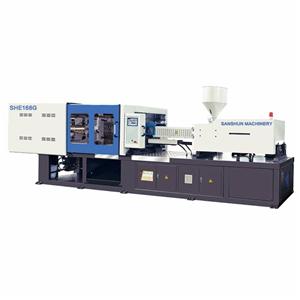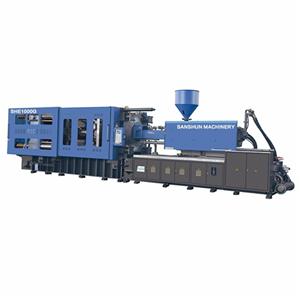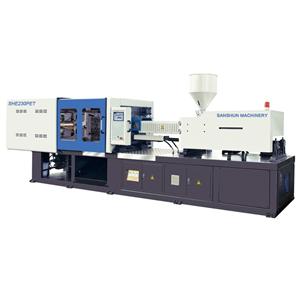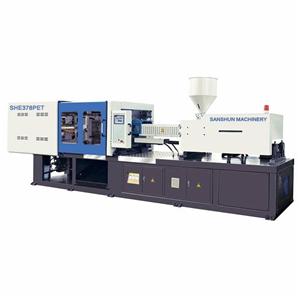- Home
- >
- News & Resources
- >
- Our Blog
- >
- Three factors affect the warpage of injection molded products
1. The influence of residual thermal stress on the warpage of the product
During the molding process of the plastic melt, due to the uneven orientation and shrinkage, the internal stress is uneven, so after the product is out of the mold, under the action of the uneven internal stress, warping deformation occurs. Therefore, analyze and calculate the internal stress and warpage of the product from a mechanical point of view. In some foreign documents, warpage is considered to be caused by residual stress caused by uneven shrinkage.
In the cooling stage of injection molding, when the temperature is higher than the glass transition temperature, the plastic is a viscoelastic fluid with stress relaxation: when the temperature is lower than the glass transition temperature, the plastic becomes solid.
The shape is very influential. The phase transition and stress relaxation behavior of plastic from liquid to solid during the cooling stage.
For the uncured area, the plastic exhibits viscous behavior, which is described by a viscous fluid model, and for the cured area, the plastic exhibits viscoelastic behavior, which is described by a standard linear solid model, using a visco-elastic phase conversion model and a two-dimensional finite element method To predict the thermal residual stress and the corresponding warpage deformation.
2. The influence of filling and cooling stages on the warpage of products
Under the action of injection pressure, the molten plastic is filled into the mold cavity, cooled and solidified in the cavity, which is the key link of injection molding. In this process, temperature, pressure, and speed are coupled with each other, which greatly affects the quality and production efficiency of plastic parts.
Higher pressures and flow rates will produce high shear rates, which will cause differences in molecular orientation parallel to the flow direction and perpendicular to the flow direction, as well as a "freezing effect". The "freezing effect" will produce freezing stress, forming the internal stress of the plastic part.
The influence of temperature on warpage is reflected in the following aspects:
• The temperature difference between the upper and lower surfaces of the plastic part will cause thermal stress and thermal deformation;
• The temperature difference between different areas of the plastic part will cause uneven shrinkage between different areas;
• Different temperature conditions will affect the shrinkage of plastic parts.
Third, the influence of the demoulding stage on the warpage of the product
Plastic parts are mostly glassy polymers during the process of leaving the cavity and cooling to room temperature. Unbalanced demolding force, uneven movement of the ejection mechanism or improper ejection area can easily deform the product.
At the same time, the stress frozen in the plastic part during the filling and cooling stages will be released in the form of deformation due to the loss of external constraints, resulting in warpage deformation.







